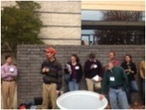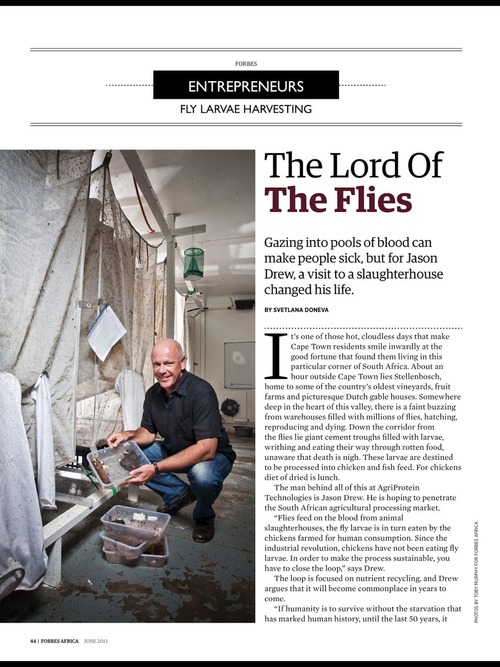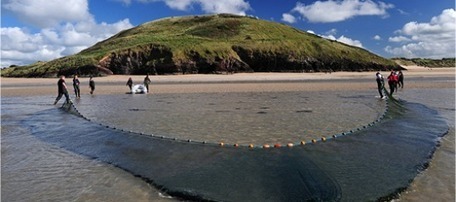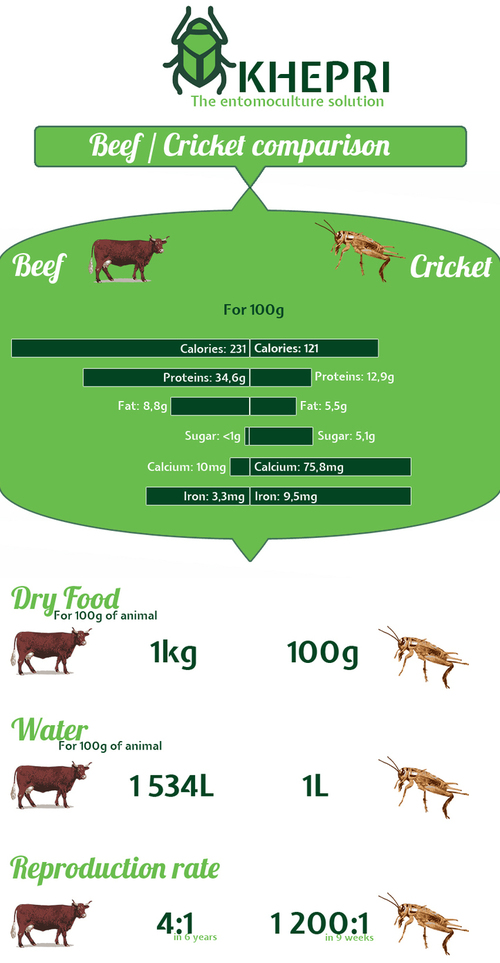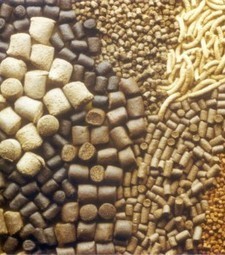November 25, 2013, 5:51 pmAlicia Villegas
Chile, the second largest salmon producer in the world after Norway, is looking into insect-based salmon feed — one of the feed alternatives hitting the headlines recently – to meet the growing demand of fish meal in aquaculture.
The project will develop a new ingredient to make insect-based feed for salmon and trout up to 10 grams, at its first feeding stage in freshwater.
“More than fattening, the focus of this project is on the fish physiological development at the fingerling stage, so the smolting phase is overcome successfully,” Claudio Pavez, coordinator of the project and a partner with P@TAGON, a company involved, told Undercurrent News.
This feed alternative would be more convenient for fish than feed based on fish, as in natural conditions salmon at the fingerling stage do not eat fish, but insects. Also, protein levels of dry weight insect-based feed fluctuate between 40% and 70% and fatty acids levels can be up to 40%, said Pavez.
Another benefit of this feed alternative is that insect production can reach high volumes to feed fish at the first stages of growth.
The production of insects is expected to reach around 5-6 metric tons per week, after the construction of a greenhouse for fly production based in Puerto Montt, Chile, expected by the end of this month.
The project is still at an experimental phase, and the insect production testing will take place by the first half of 2014. Feeding tests with salmon are planned by the end of next year and industry application is expected by 2015.
The initiative is being managed by the nutrition supply company Crandon Chile and innovation and prototype development company P@TAGON, with $400,000 public funding from the Foundation for Agrarian Innovation and private investment from fish feed supplier Biomar, the Denmark-based feed supplier.
Crandon will implement this initiative, while Biomar Chile will contribute to the diet stage formulation and the testing at production levels.



